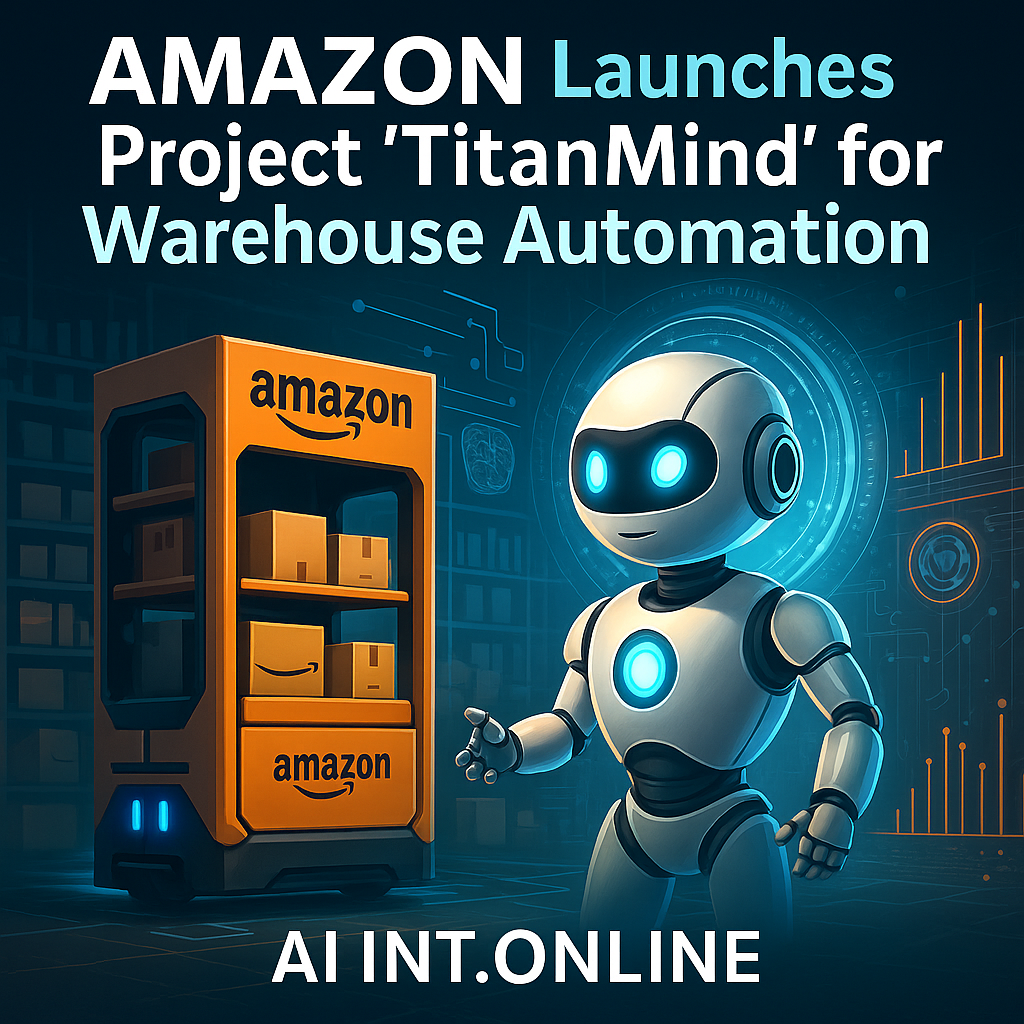Amazon has officially unveiled “TitanMind,” a groundbreaking AI platform set to revolutionize warehouse automation and logistics. Developed internally over the last three years, TitanMind is designed to enhance both the intelligence and autonomy of Amazon’s growing fleet of warehouse robots.
The platform leverages multimodal AI capabilities, allowing it to interpret and synthesize video, audio, and text data in real time. Unlike earlier systems that relied on pre-programmed scripts, TitanMind enables warehouse robots to respond dynamically to changes in the environment, such as shifting inventory, equipment malfunctions, or human operator instructions.
For example, if a worker verbally instructs a robot to reroute an item to a different packaging line, TitanMind’s auditory processing unit immediately captures the command, confirms it through speech-to-text integration, and relays updated navigation tasks to the robot fleet. Simultaneously, visual sensors scan the workspace to ensure collision-free operation.
The AI engine is also capable of predictive logistics. By analyzing historical shipment data, weather forecasts, and traffic conditions, TitanMind can anticipate demand spikes, pre-position high-volume items closer to shipping docks, and optimize packaging sequences for speed and efficiency.
Amazon expects TitanMind to increase overall warehouse operational efficiency by 37% by the end of 2025. In select pilot locations, the technology has already reduced order fulfillment times by nearly 25% and improved inventory accuracy by 41%. These advancements are not only expected to lower operational costs but also contribute to Amazon’s sustainability goals by minimizing energy consumption and material waste.
As part of a broader initiative, Amazon has hinted that future iterations of TitanMind may include autonomous drone coordination for last-mile delivery and AI-powered supply chain forecasting tools for third-party vendors on Amazon Marketplace.
With TitanMind, Amazon is once again setting the standard for AI integration in logistics, pushing the envelope on what’s possible in automated commerce and fulfillment technology.
